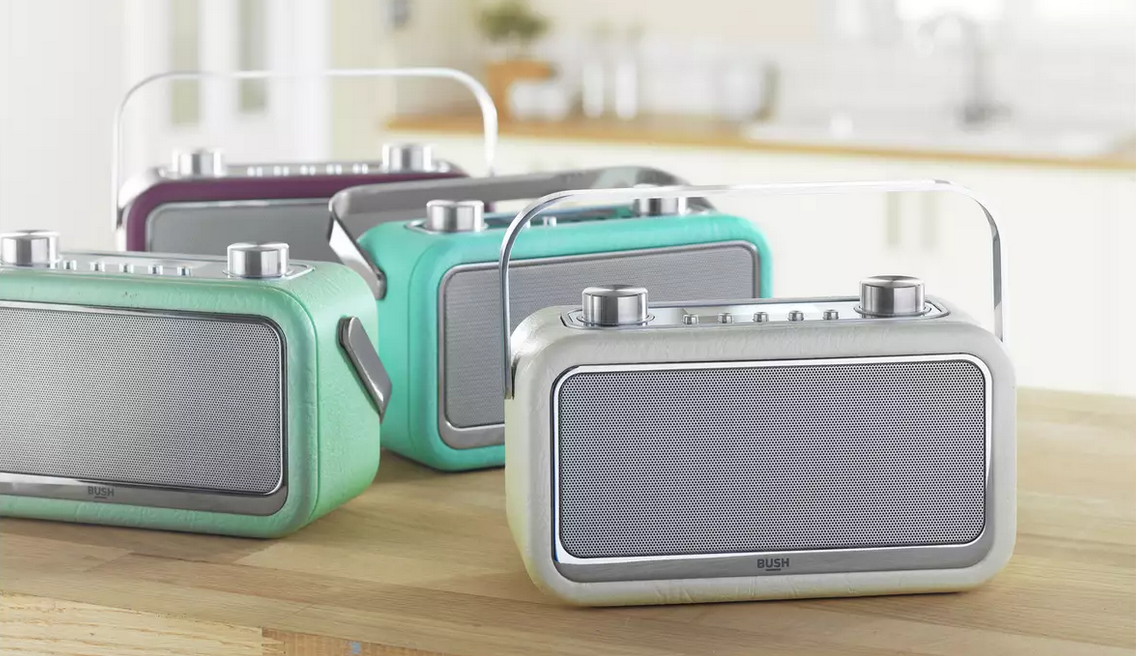
Radios are a piece of technology that a lot of us have grown up with in one way or another. For example, listening to classic or digital radio to keep up to date with the latest music and news. Through technological advancements, radio has evolved and we now have a variety of signals to choose from. In this article we look at the 4 main types of radio wave signal used.
FM Radio: The classic
FM radio is what we consider to be the original broadcasting signal. It stands for Frequency Modulation. It carries the signal by varying the frequency waves that the radio uses. As a result, it achieves quality sound. Each station operates on its own individual frequency band which radios need to tune to into to listen. Although it is simple, it means that your radio does not require any additional equipment or internet connection to enjoy.
DAB Radio: Something different and digital
DAB (Digital Audio Broadcasting) is a step forward from FM radio. It uses digital signals to transmit the radio audio, which differs from the Analogue signal used by FM. This provides radios with a wider range of station choices than FM. The digital signal also allows radios to receive text information which will display on radios such as channel name, song or artist playing. It should be noted that the digital technology varies across regions so it is not necessarily available in every country.
DAB+: The digital experience elevated
DAB+ is essentially an upgraded version of DAB. It provides better sound quality and an even wider range of station. This signal allows images to also be transmitted with text such as album artwork or programme logos. It should be noted that only radios with a DAB+ tuner can access these stations, meaning standard DAB tuners cannot listen.
Internet Radio: Boundless broadcasts
Internet radio is how it sounds; radio that can be listened to via the internet. This is quite fitting with the rise in smart technology and the smart home. The uniqueness of internet radio to the other signals is that it allows you to listen to stations from all over the world, rather than limited by region. It also means there is a lot more choice as internet radio is easier for creators to use as a platform, so you will have access to more independent and niche stations such as podcasts or live shows. A benefit of this is that you do not need to worry about the signal strength of FM/DAB frequencies in your area, instead the only thing you will require is a stable internet connection.
Conclusion
By understanding how these signals differ from one another, you can understand what to expect from your radio. In our opinion, all the frequencies have something to offer in their own way. We recommend checking any information on your favourite stations to see the frequencies they offer and any planned changes so you don’t miss out.
You can view all of our radios by clicking here.